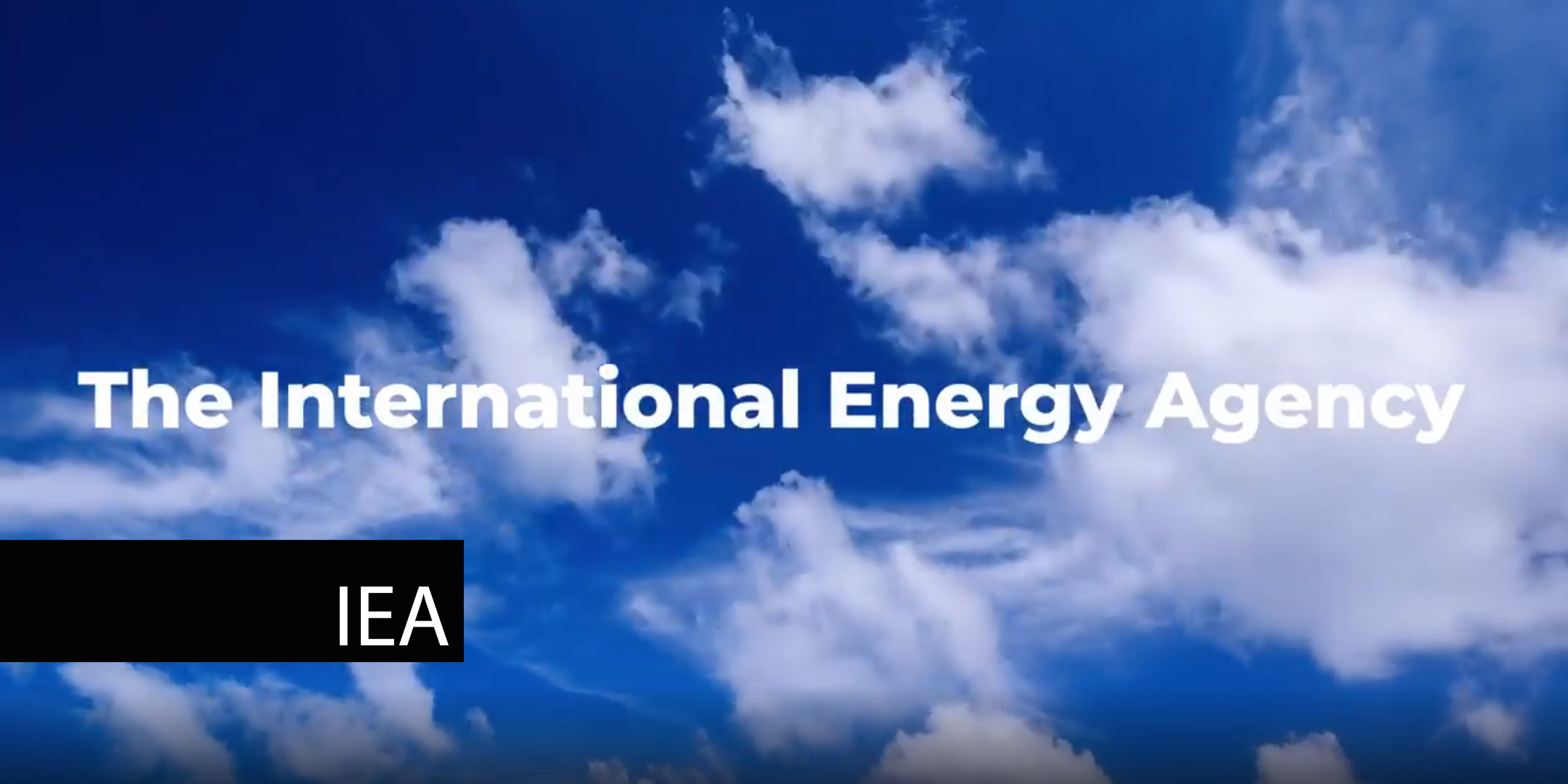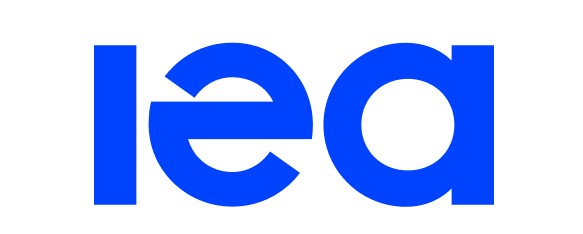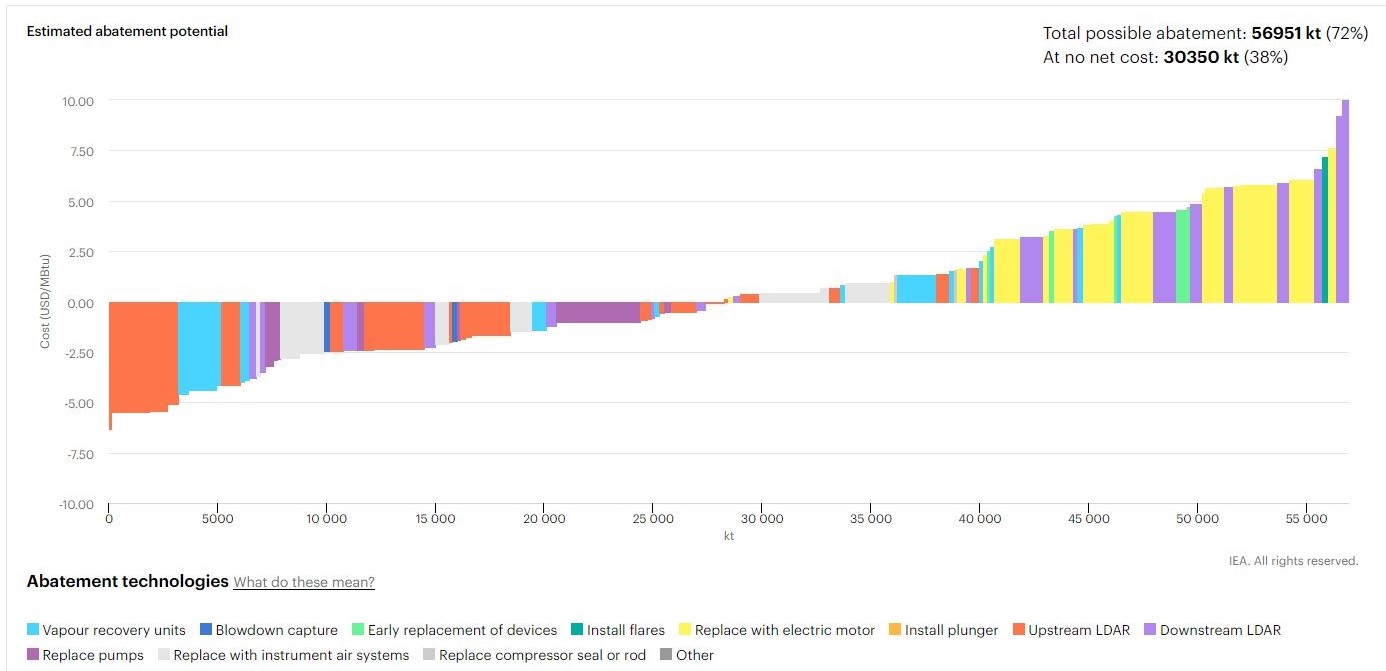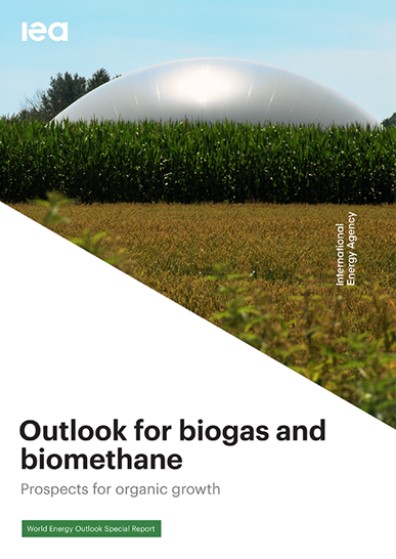
International Energy Agency
 The International Energy Agency is an autonomous
intergovernmental organization, within the Organisation for Economic Co-operation and Development
framework, made up of 30 member countries. It conducts its methane work as part of a broader
organizational mission to shape energy policies for a secure and sustainable future.
The International Energy Agency is an autonomous
intergovernmental organization, within the Organisation for Economic Co-operation and Development
framework, made up of 30 member countries. It conducts its methane work as part of a broader
organizational mission to shape energy policies for a secure and sustainable future.
Long-standing IEA analyses have examined ways to reduce the environmental impacts associated with producing and consuming fossil fuels and have consistently underscored that reducing methane is a powerful and cost-effective way to act. The IEA pursues additional activity on methane within the context of the Methane Guiding Principles (MGPs), a multi-stakeholder collaborative platform of industry, intergovernmental organizations, academia, and civil society. The MGPs, which were established in 2017, focus on reducing methane emissions across the oil and gas supply chains.
Methane Tracker
The IEA’s Methane Tracker is an online tool that tracks oil and gas-related sources of methane and offers the most comprehensive global picture of methane emissions, covering eight industry areas across all countries. This unique tool provides the IEA’s most up-to-date estimates of current oil and gas methane emissions, drawing on the best available data. The Methane Tracker also sets out the reductions that are possible using existing abatement technologies and sheds light on this underexplored component of energy transitions. IEA analysis highlights that global methane emissions from the oil and gas sector could be reduced by around 40 percent at no net cost.
IEA's Methane Tracker showing world emissions sources

Click on the image to enlarge it
Over the course of 2020 and 2021, the IEA will make further advancements to the Methane Tracker, including updating emissions estimates where revised data or new data sources are available. Other developments will strengthen the connection among the project’s informational components—on methane emissions, potential and costs for abatement, and policy and regulatory approaches—to be useful to policymakers and regulators seeking to improve or create policy for methane reductions.
IEA's Methane Tracker showing estimated abatement potential

Click on the image to enlarge it
IEA’s Outlook for biogas and biomethane: Prospects for organic growth

IEA published a report in 2020 that provides estimates of the sustainable potential for biogas and biomethane supply, based on a detailed assessment of feedstock availability and production costs across all regions of the world. This Outlook focuses on how big a role these gases can play in the transformation of the global energy system, where the opportunities and potential pitfalls lie, and what policy makers and industry can do to support sustainable growth in this sector.